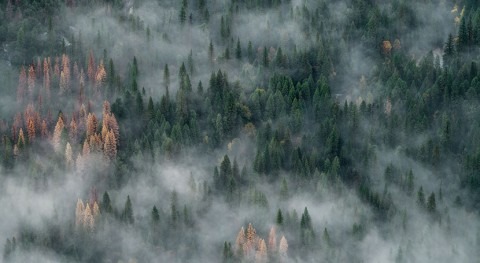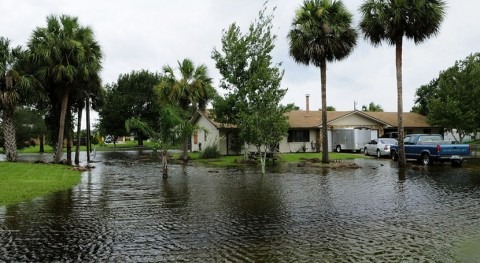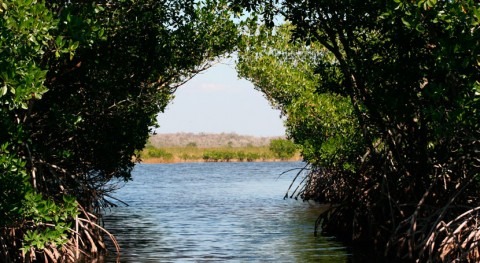When it comes to wildfires and climate change, it’s not just the heat, it’s the humidity.
A paper published today in Nature Climate Change found that, since 1950, humidity across the Southwest United States dropped an average of 22% on the hottest summer days. In California and Nevada, the effect was even more pronounced, with a decrease of 33%.
For an already arid region, that loss of moisture makes wildfire conditions even worse, according to UCLA climate scientist Karen McKinnon, lead author of the paper.
“In some cases we can’t dry out much more,” McKinnon said.
Relying on information from three separate databases, the study examined humidity changes at locations across noncoastal California, Nevada, Arizona, Colorado, Utah and New Mexico. In some places, such as the Central Valley area near Fresno, humidity decreased by as much as two-thirds.
For California, a state still reeling from the record-shattering 2020 wildfire season, lower humidity on hot days worsens fire risk in two major ways. First, it increases the number of high-risk fire weather days, which are determined by meteorological factors including temperature and humidity. Secondly, because the low humidity coincides with the times when most land-based moisture has already evaporated, the dry atmosphere also sucks moisture out of plants, further parching dry vegetation that fuels wildfires.
Climate change is causing warmer air that can hold more moisture, so humidity is generally increasing globally. But the Southwest U.S. is an anomaly — the ground is already dry in the region and there are few major bodies of water to supply moisture to the atmosphere. Since storms from the Pacific Ocean are tracked north by wind currents, moisture from the world’s largest body of water extends fewer than 100 miles inland.
One factor that could potentially mitigate the region’s decreasing humidity could be an increase in summer rain, as many climate models project. The future climate is often projected to include drier winters and springs along with wetter summers.
“The X-factor is going to be precipitation,” McKinnon said. “If you go into the summer with dry soils but it rains a lot, you’re potentially getting your soil moisture back.”
Ultimately, that means more uncertainty about the future, which poses a planning challenge for those who aim to protect wildlife, manage wildfire and make human communities more sustainable.
Wildfire mitigation measures are already being explored, such as better forest management, limiting human-based ignitions and clearing vegetation around homes. But the paper underscores the need to deal with the big problem of climate change by reducing carbon emissions and atmospheric carbon dioxide.












